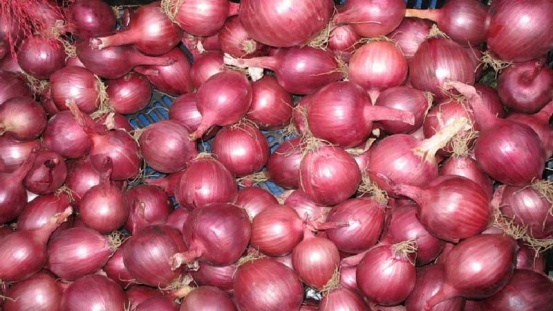×
The Standard e-Paper
Kenya’s Boldest Voice

Last week, I got an e-mail from Tony, a regular Smart Harvest reader. Tony wanted to know how to grow big bulb onions.
Growing big bulbs starts with good site selection. Ensure the planting site is not shaded, onions need the maximum number of hours of daylight to grow into big bulbs. Choose a site that gets plenty of direct sun.